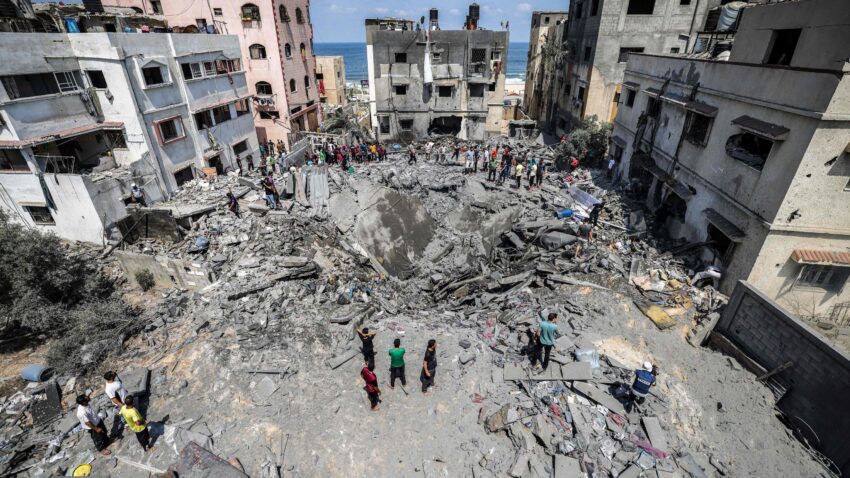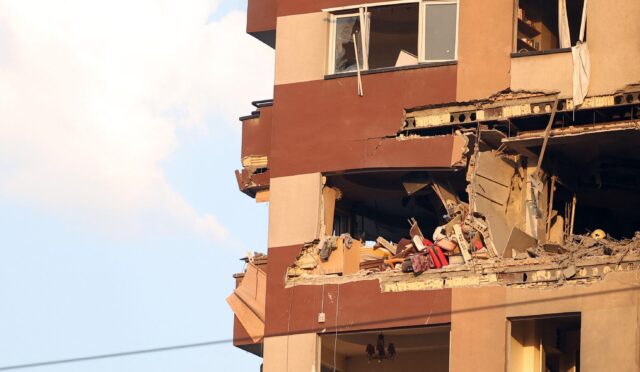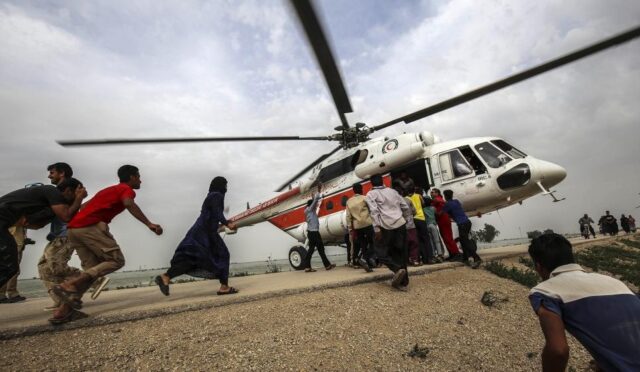Escalation of Violence in Gaza
Israeli airstrikes in Gaza resulted in the deaths of at least 29 individuals on Wednesday, as ongoing negotiations for the release of hostages continue in Qatar. The strikes primarily targeted Jabalia in northern Gaza, leading to the deaths of at least 25 people, while four others lost their lives in Khan Yunis, according to Mahmud Bassal, a spokesperson for the civil defense agency.
The medical situation in the region is dire, as described by Mohammad Awad, an emergency physician at Indonesia Hospital in northern Gaza. He reported an overwhelming influx of casualties from the Jabalia strike, revealing that the hospital is unable to manage the number of wounded due to severe shortages. “Our facilities have been stretched beyond their limits, lacking beds, medicine, and adequate surgical resources. Tragically, many are dying because they cannot receive the care they need,” he lamented.
Humanitarian Crisis Deepens
As the violence escalates, so does the humanitarian crisis in Gaza. Israel enforced an aid blockade on the territory on March 2, following the collapse of a six-week ceasefire that had provided a temporary respite. This blockade, coupled with the ongoing military operations, has exacerbated shortages of food and medical supplies, prompting international concerns regarding the potential for famine in the region.
Médecins du Monde, a medical charity, highlighted a critical rise in acute malnutrition levels in Gaza, likening the situation to countries enduring long-term humanitarian crises. As the conflict continues, the people of Gaza face unprecedented challenges in accessing basic necessities, detailing a landscape of despair and hardship.
Israel’s Military Offensive
Following a brief pause in attacks during the release of US-Israeli hostage Edan Alexander, Israeli strikes resumed with increased intensity. Reports indicated that 28 people were killed near a hospital in Khan Yunis. Israeli Prime Minister Benjamin Netanyahu has vowed to intensify military actions in Gaza, declaring the military would operate “with full force” despite the ongoing discussions for a ceasefire.
Israeli officials have engaged in discussions regarding a long-term military presence in Gaza, asserting that the objective of the continued bombardments is to pressure Hamas into releasing remaining hostages. Negotiations for the hostages have taken place against the backdrop of US President Donald Trump’s tour of Gulf nations, aligning with global diplomatic efforts to address the crisis.
Hostages and Casualty Figures
Currently, 57 out of the 251 hostages taken during Hamas’s attack in October 2023 remain in Gaza, with 34 of them believed to be deceased, as claimed by the Israeli military. Among those being held is the body of an Israeli soldier killed in a previous Gaza conflict in 2014. The ongoing violence has resulted in a staggering loss of life, with 1,218 fatalities on the Israeli side, primarily among civilians, according to an AFP tally.
In stark contrast, reports from the Hamas-run health ministry in Gaza indicate that the conflict has led to the deaths of over 52,908 individuals in the region, most of whom are civilians. These figures have drawn attention from the international community, with the United Nations affirming the credibility of the data provided by health officials in Gaza.







